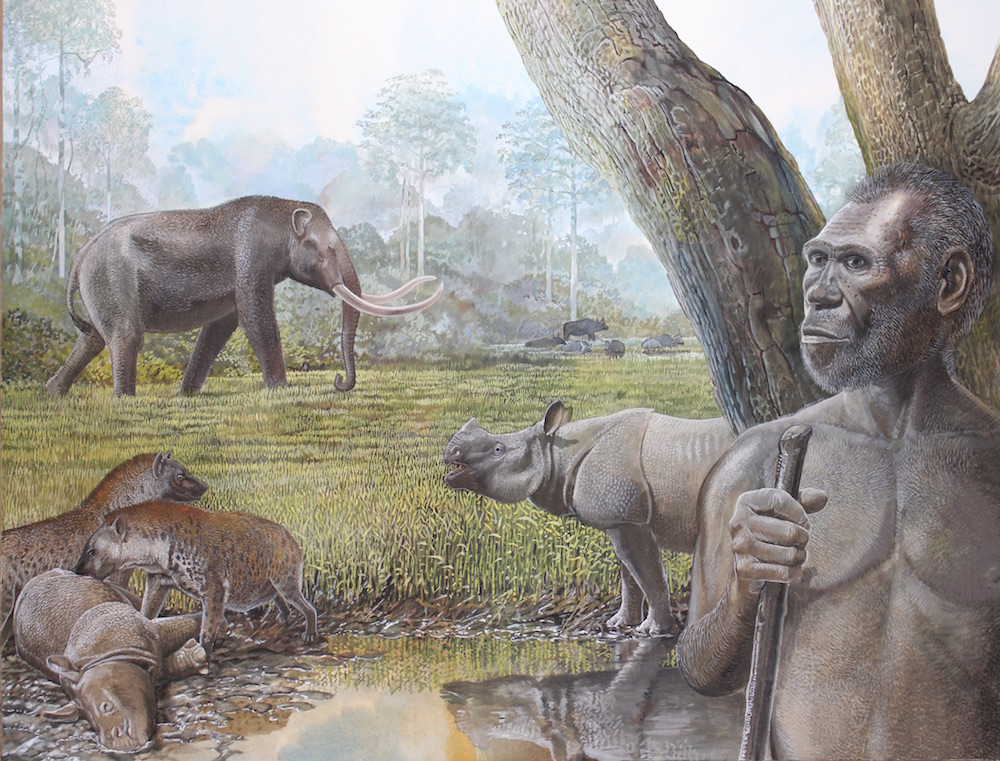
A Griffith University-led collaboration discovered the takeover of Southeast Asia’s grasslands with today’s lush rainforests contributed to the extinction of the region’s megafauna and ancient humans.
In a paper published today in , scientists from the and the Max Planck Institute for the Science of Human History (MPI-SHH) found the loss of these sweeping grasslands, beginning about a million years ago, were instrumental in the extinction of the region’s megafauna and hominin population.
“Southeast Asia is often overlooked in global discussions of megafauna extinctions” said Associate , who led the study, “but it once had a much richer mammal community full of giants now extinct.”

Analysing the chemical makeup (carbon and oxygen isotopes) in the teeth of modern and fossil mammals, the researchers were able to reconstruct what animals were eating, tropical grasses or leaves, as well as the climatic conditions at the time they were alive.
“We collected isotope data for fossil sites spanning the entire Pleistocene; that’s the last 2.6 million years,” Professor Louys said.
“Then we compared our results to over 250 new measurements of modern Southeast Asian mammals representing species that had never been studied in this way.”
“These analyses provide us with a unique snapshot into the diets of the animals and their surrounding environments,” said Dr Patrick Roberts, of the Department of Archaeology, MPI-SHH.
“What they showed is that during the early part of the Pleistocene from about 2.6 million years ago, rainforests dominated Southeast Asia. These gave way to more grassland environments, peaking around a million years ago, in which megafauna thrived.

However, in the past 100,000 years, relatively recently in geological terms, we have seen a return to the much denser rainforests that we see today.
“We see a correlation between the losses of these savannah environments and the loss of various Southeast Asian megafauna,” Professor Louys said.
“Modelling of major climatic systems from around this time suggest it was the changes in the length and duration of ice-ages that led to a resurgence of rainforest, to which the megafauna was poorly adapted.
“Likewise, ancient human species, such as Homo erectus, that were once found in the region were not able to adapt to the re-expansion of forests.
“It is only our species, Homo sapiens, that appears to have had the required skills to successfully exploit and thrive in rainforest environments,” Dr Roberts said.
“All other hominin species were apparently unable to adapt to these dynamic, extreme environments.”
He said it was ironic that rainforest megafauna are now most at risk of extinction, with many of the last remaining species critically endangered due to the one surviving hominin in this region.
“Rather than benefitting from the expansion of rainforests over the last few thousand years, Southeast Asian mammals are under unprecedented threat from the actions of humans,” Professor Louys said.
“By expanding out into vast tracts of rainforest, causing deforestation and overhunting, we’re at risk of losing some of the last megafauna still walking the earth.”








